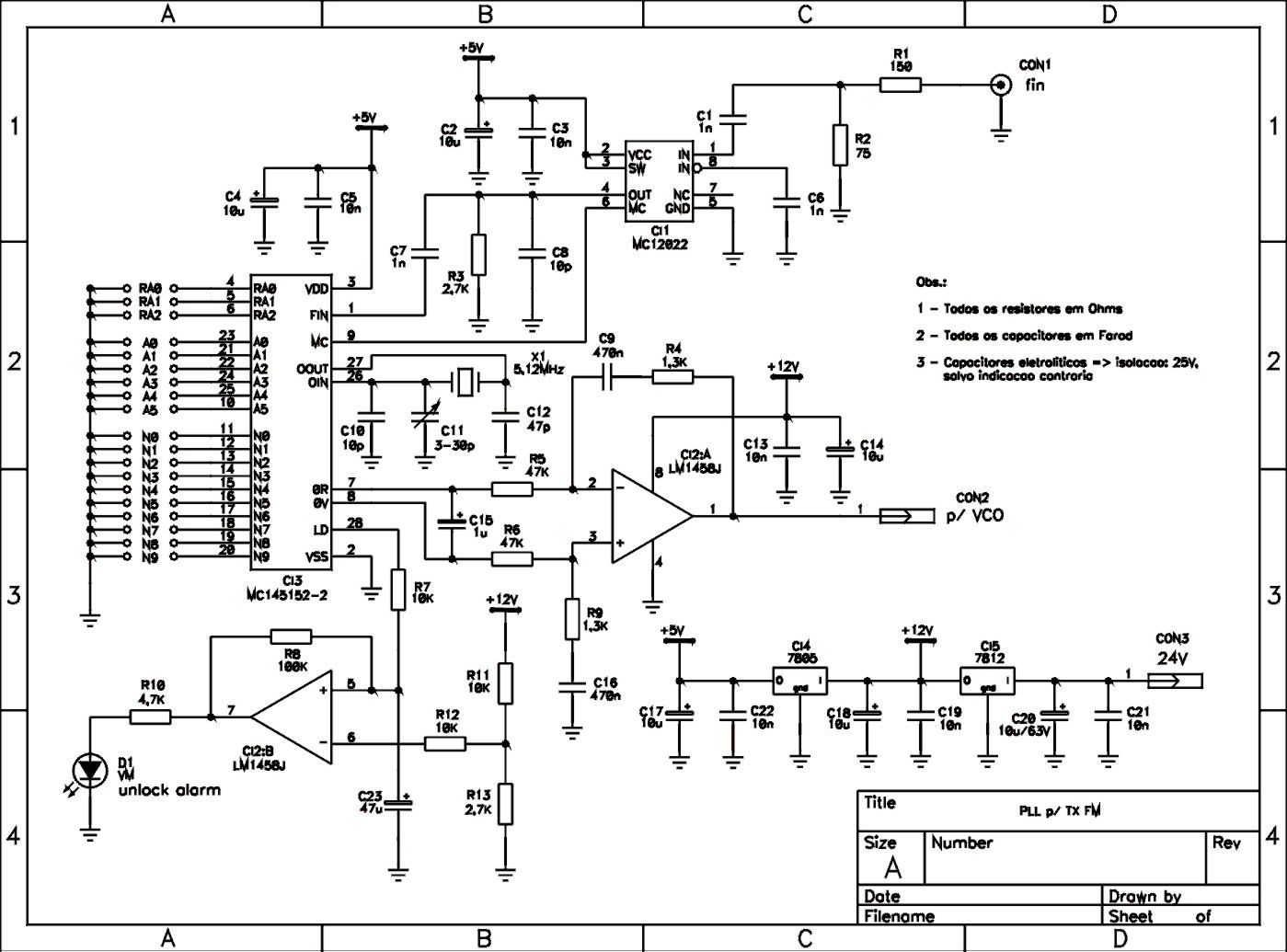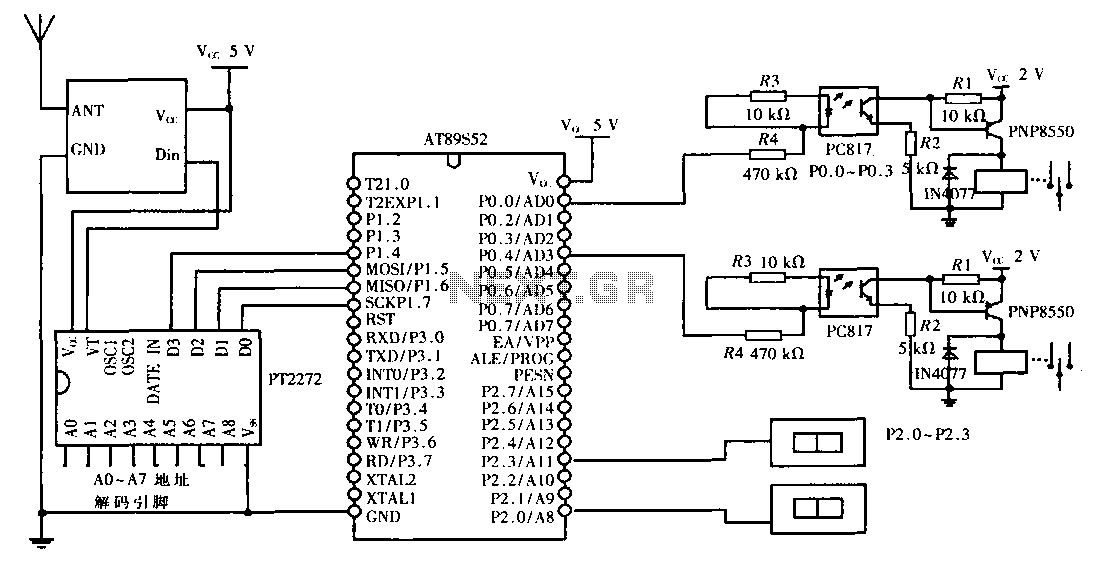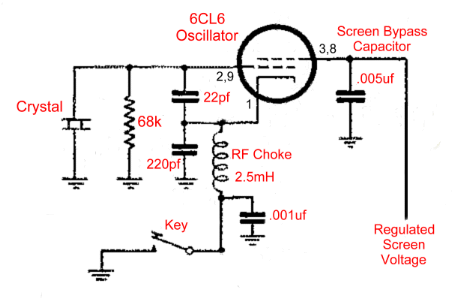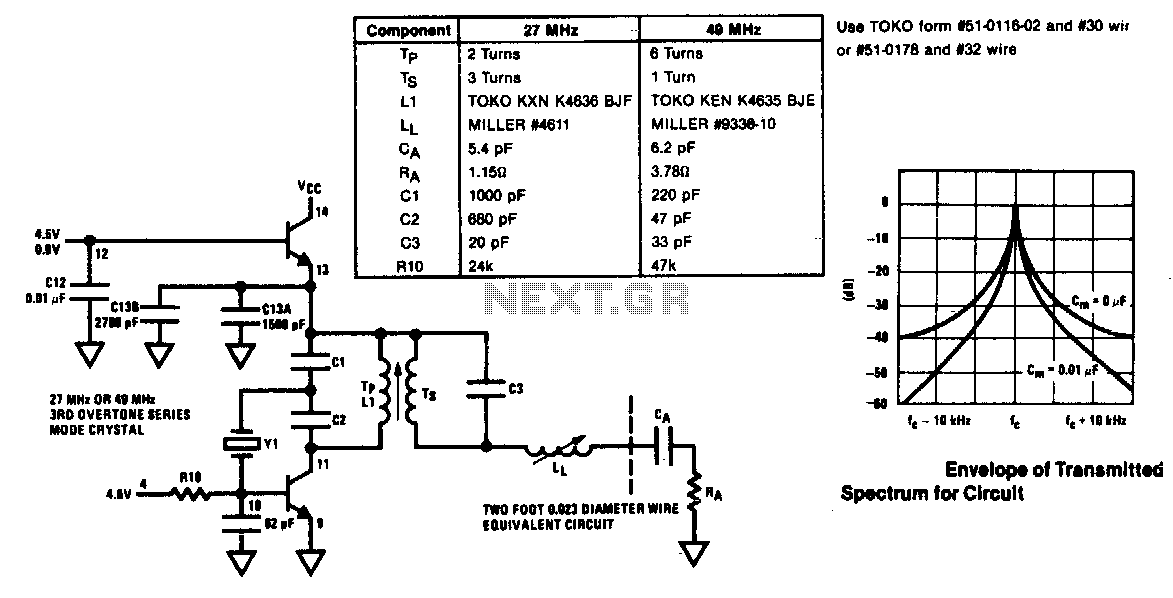
pen transmitter

This spy pen FM transmitter circuit can be built into a ballpoint pen. It is crystal-controlled.
The spy pen FM transmitter circuit is designed to be compact and discreet, allowing for covert audio transmission. The circuit utilizes a crystal oscillator to ensure stable frequency output, which is crucial for effective FM transmission. The integration of the circuit within a ballpoint pen casing enhances its portability and concealment, making it ideal for surveillance applications.
The main components of the circuit typically include a crystal oscillator, an audio input stage, a modulator, and an RF output stage. The crystal oscillator generates a precise frequency, while the audio input stage captures sound through a microphone. The modulator then combines the audio signal with the carrier frequency from the oscillator, creating an FM signal suitable for transmission. The RF output stage amplifies this signal before it is transmitted via an antenna, which can be discreetly integrated into the pen's design.
Power supply considerations are also essential for this circuit. A small battery, such as a button cell, can be used to power the circuit, ensuring that it remains compact. Careful attention must be paid to the power consumption of each component to maximize battery life.
Overall, the construction of this spy pen FM transmitter circuit combines functionality with stealth, making it a valuable tool for those requiring discreet audio transmission capabilities. Proper assembly and testing of the circuit are critical to ensure reliable operation and compliance with legal regulations regarding audio transmission.This Spy Pen FM Transmitter Circuit Can Be Built In A Ballpoint Pen. Crystal Controlled.. 🔗 External reference
The spy pen FM transmitter circuit is designed to be compact and discreet, allowing for covert audio transmission. The circuit utilizes a crystal oscillator to ensure stable frequency output, which is crucial for effective FM transmission. The integration of the circuit within a ballpoint pen casing enhances its portability and concealment, making it ideal for surveillance applications.
The main components of the circuit typically include a crystal oscillator, an audio input stage, a modulator, and an RF output stage. The crystal oscillator generates a precise frequency, while the audio input stage captures sound through a microphone. The modulator then combines the audio signal with the carrier frequency from the oscillator, creating an FM signal suitable for transmission. The RF output stage amplifies this signal before it is transmitted via an antenna, which can be discreetly integrated into the pen's design.
Power supply considerations are also essential for this circuit. A small battery, such as a button cell, can be used to power the circuit, ensuring that it remains compact. Careful attention must be paid to the power consumption of each component to maximize battery life.
Overall, the construction of this spy pen FM transmitter circuit combines functionality with stealth, making it a valuable tool for those requiring discreet audio transmission capabilities. Proper assembly and testing of the circuit are critical to ensure reliable operation and compliance with legal regulations regarding audio transmission.This Spy Pen FM Transmitter Circuit Can Be Built In A Ballpoint Pen. Crystal Controlled.. 🔗 External reference





